Students from the Australian National University (ANU) are putting the finishing touches to their solar vehicle using Sydney-headquartered solar technology company Sundrive’s copper heterojunction technology (HJT) solar cells in preparation for the Bridgestone World Solar Challenge, which spans 3,000 kilometres from Darwin to Adelaide in August.
Currently testing in South Australia’s remote town of Coober Pedy, 849 kilometres northwest of Adelaide, the 39 student engineers and drivers have put their three-wheeled solar car – which has been two years in the making – to the test.
Between 24 and 31 August 2025, the ANU Solar Racing team will compete against 37 teams from Canada, the United States, Hungary, Romania, Saudi Arabia, India, Thailand, Malaysia, South Korea, Japan, China, Taiwan, Hong Kong, Sweden, the Netherlands, Belgium, Estonia, Germany, Switzerland and Italy.
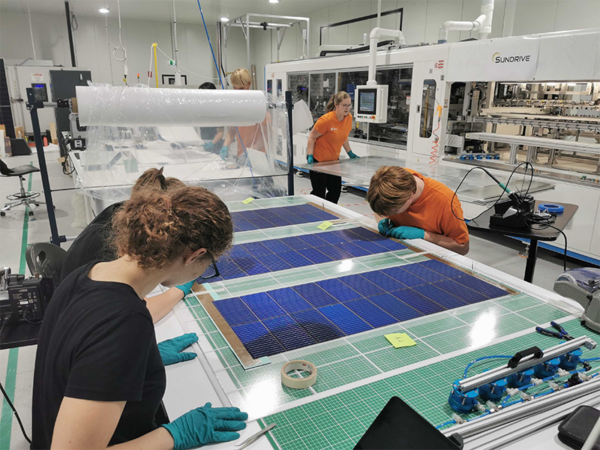
Image: ANU Solar Racing
Regulation changes for the Challenger class vehicles allowing contestants a solar collector area increase from 4 metres squared to 6 metres squared to compensate for the lower available sunlight.
Stored energy allowance has decreased from 18 megajoule (MJ) to 11 MJ, so that teams are more dependent on the solar energy collected by their vehicles, than on the energy in their battery at the start.
ANU Solar Racing Project Lead Scarlett Jamieson said new regulations created new challenges for the team this year.
“This iteration has been a year of change for the team, with the shortest amount of time to build our biggest and most advanced car ever,” Jamieson said.
“The event will be held in August, rather than October, effectively wiping two months off our testing time.”
The official program outlines regulations for the Cruiser class, which will drive from Darwin to Adelaide in a single stage, like the Challengers.
“They will have at least two seats and carry two people all the way from Darwin to Adelaide. The solar collector area of Cruisers is unrestricted, limited only by the size limits for the vehicle. Energy storage is limited to 55 MJ,” the program reads.
“Any form of stored renewable energy can be used, but teams may only recharge or refuel overnight.”
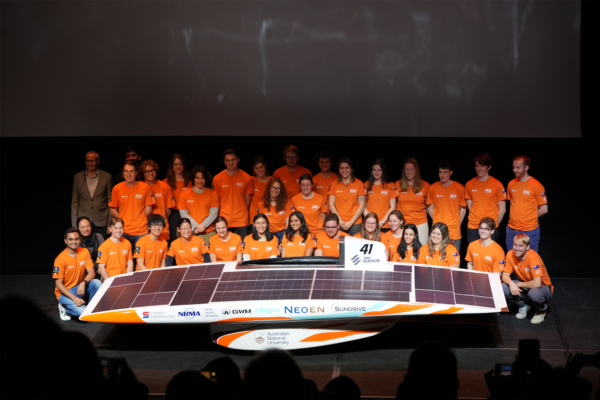
Image: ANU Solar Racing
ANU Solar Racing Technical Lead Aisha Wood Amin said as the team enters its maturity phase with a fourth car, the next logical step is to develop more skills in-house that can continue to be passed onto future teams.
“One of the fundamental values of our team is the learning experience that it provides to the members through building the car. We’ve now been able to develop and expand this niche skill set into carbon fibre manufacturing.”
The ANU team has competed in the Bridgestone World Solar Challenge three times in 2017, 2019 and 2023, and returns in 2025 with a fourth-generation solar car.
The design features a tilted array for improved solar efficiency and crosswind stability, includes Sundrive’s copper HJT solar cells and an inhouse battery management system.
The ANU Solar Racing teams has numerous official partners including SunDrive, Brighte, Neoen, Origin Energy and Bluetti.
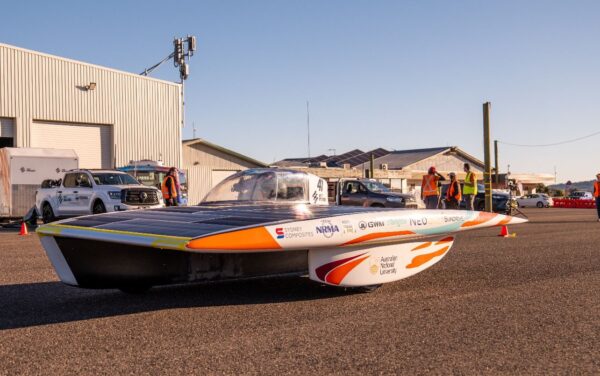
This content is protected by copyright and may not be reused. If you want to cooperate with us and would like to reuse some of our content, please contact: editors@pv-magazine.com.
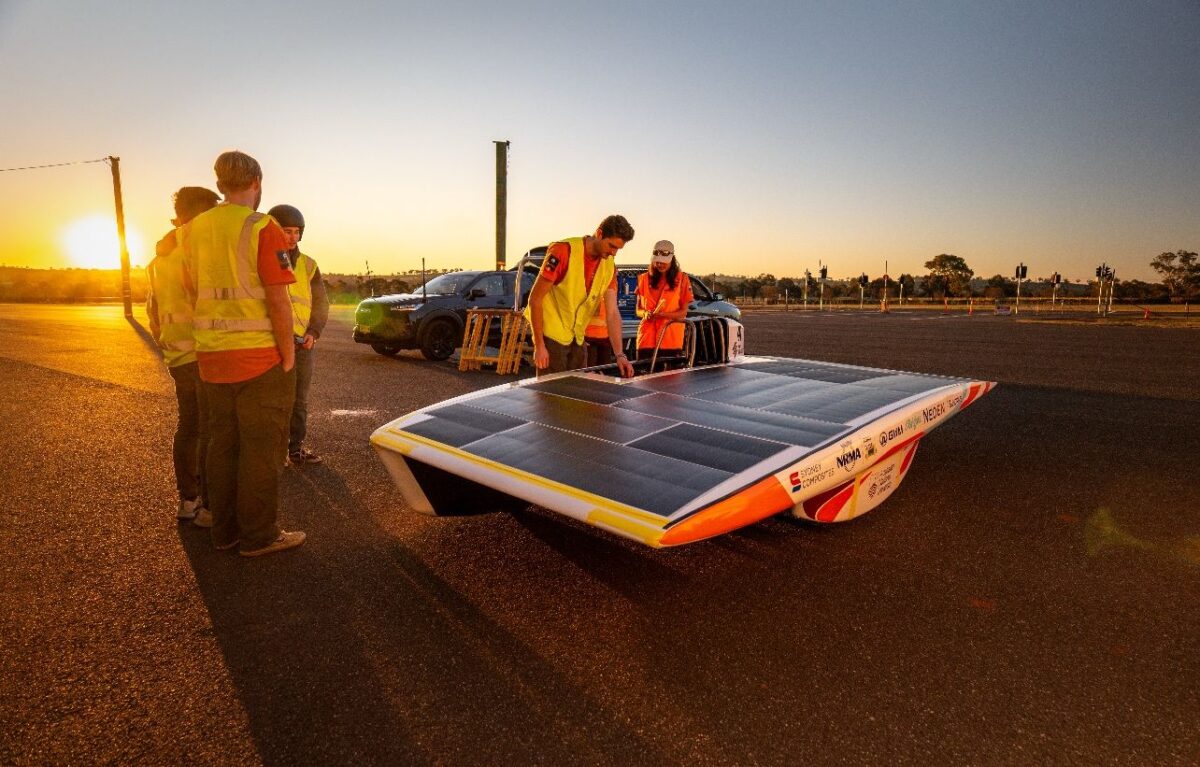
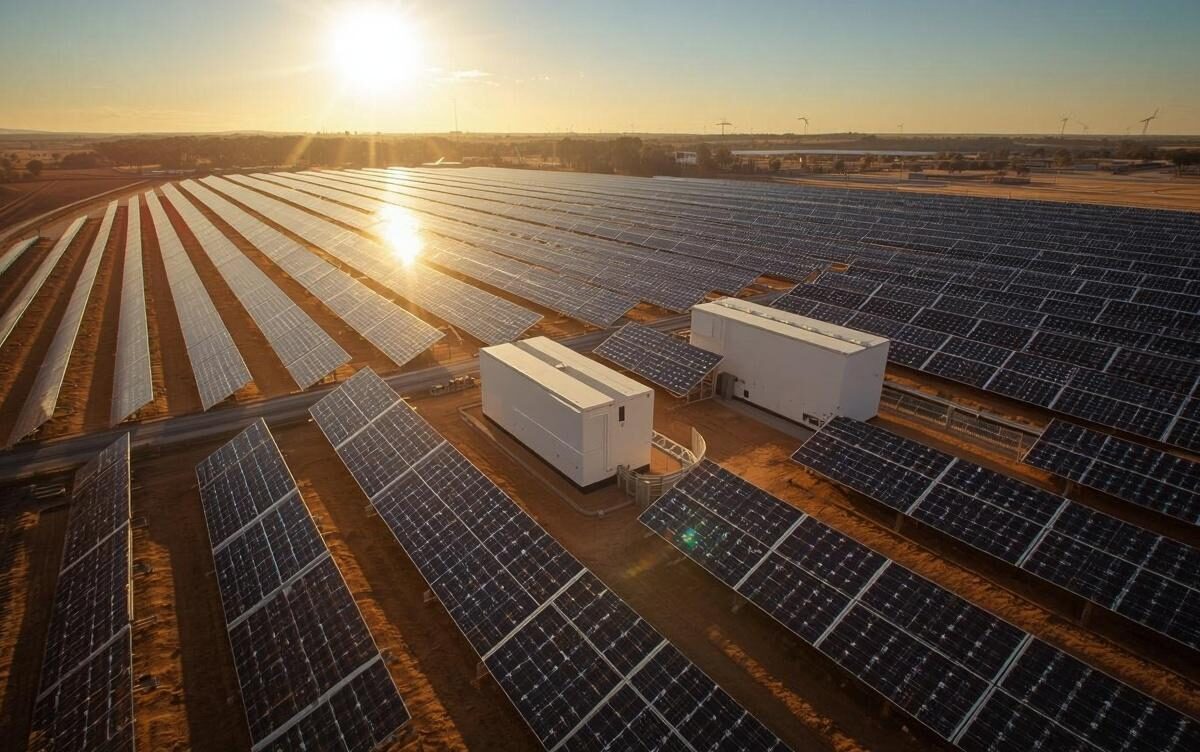


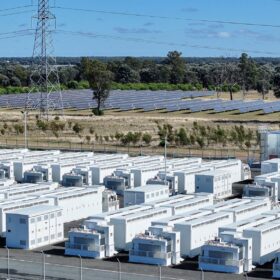
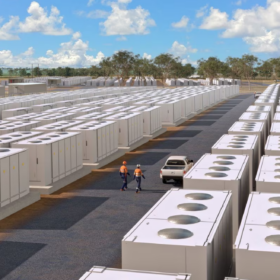
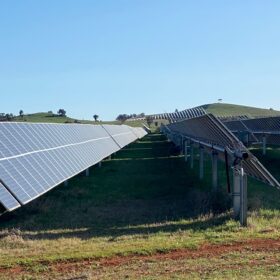
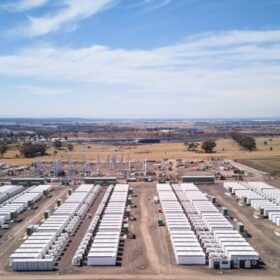
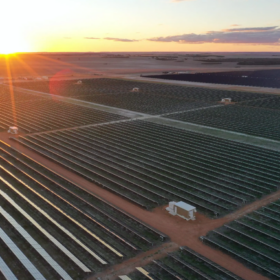
By submitting this form you agree to pv magazine using your data for the purposes of publishing your comment.
Your personal data will only be disclosed or otherwise transmitted to third parties for the purposes of spam filtering or if this is necessary for technical maintenance of the website. Any other transfer to third parties will not take place unless this is justified on the basis of applicable data protection regulations or if pv magazine is legally obliged to do so.
You may revoke this consent at any time with effect for the future, in which case your personal data will be deleted immediately. Otherwise, your data will be deleted if pv magazine has processed your request or the purpose of data storage is fulfilled.
Further information on data privacy can be found in our Data Protection Policy.